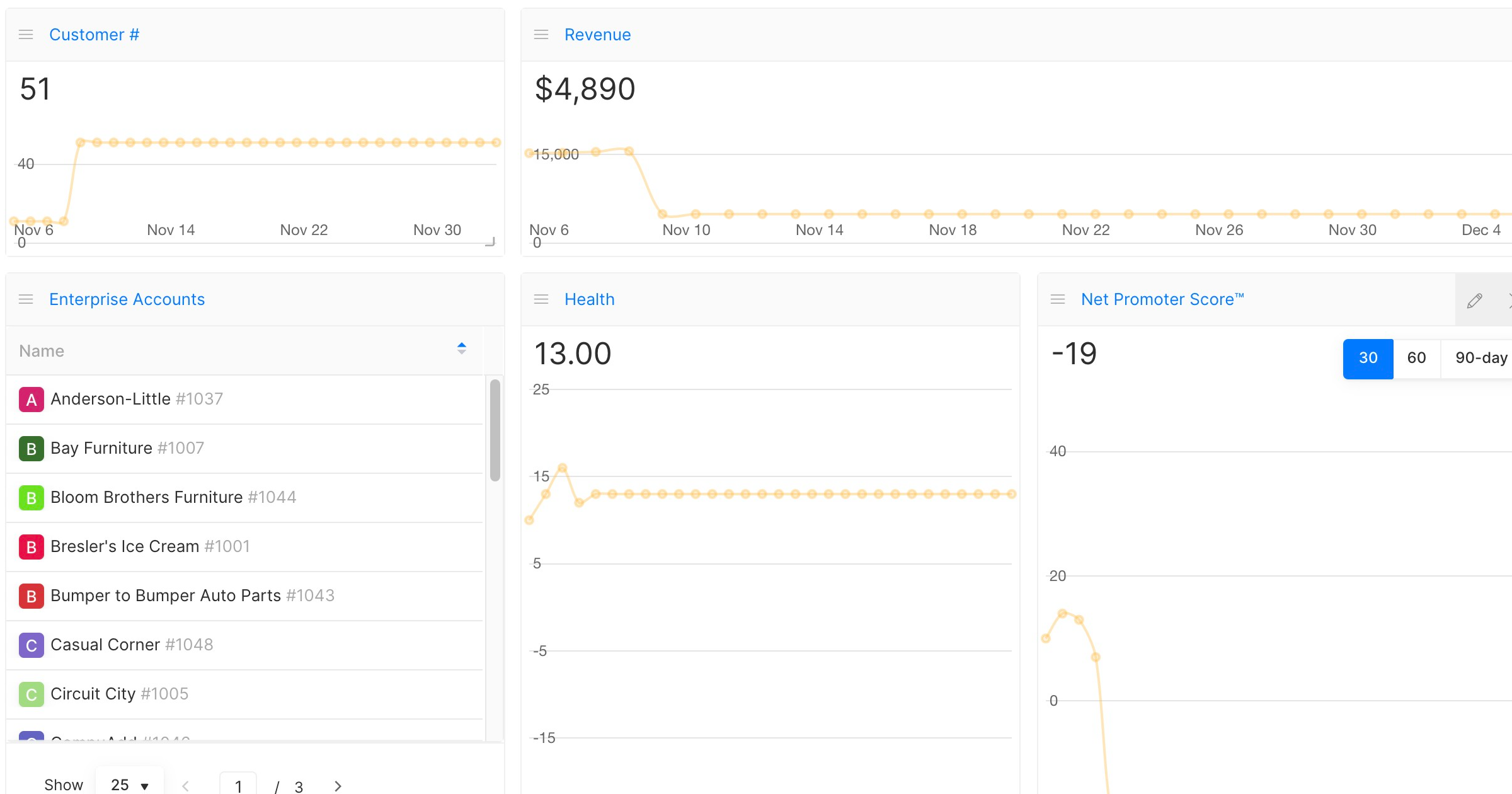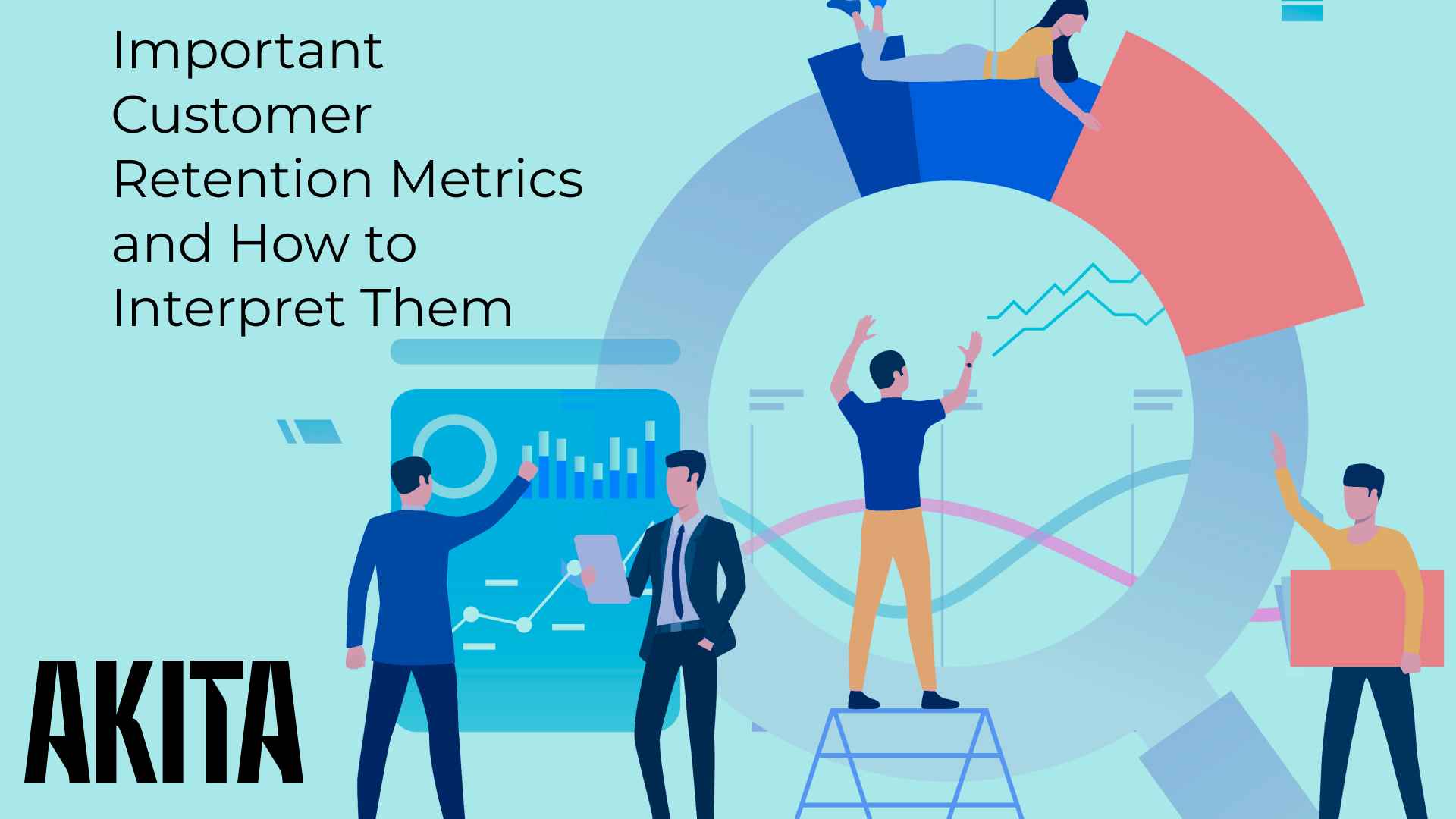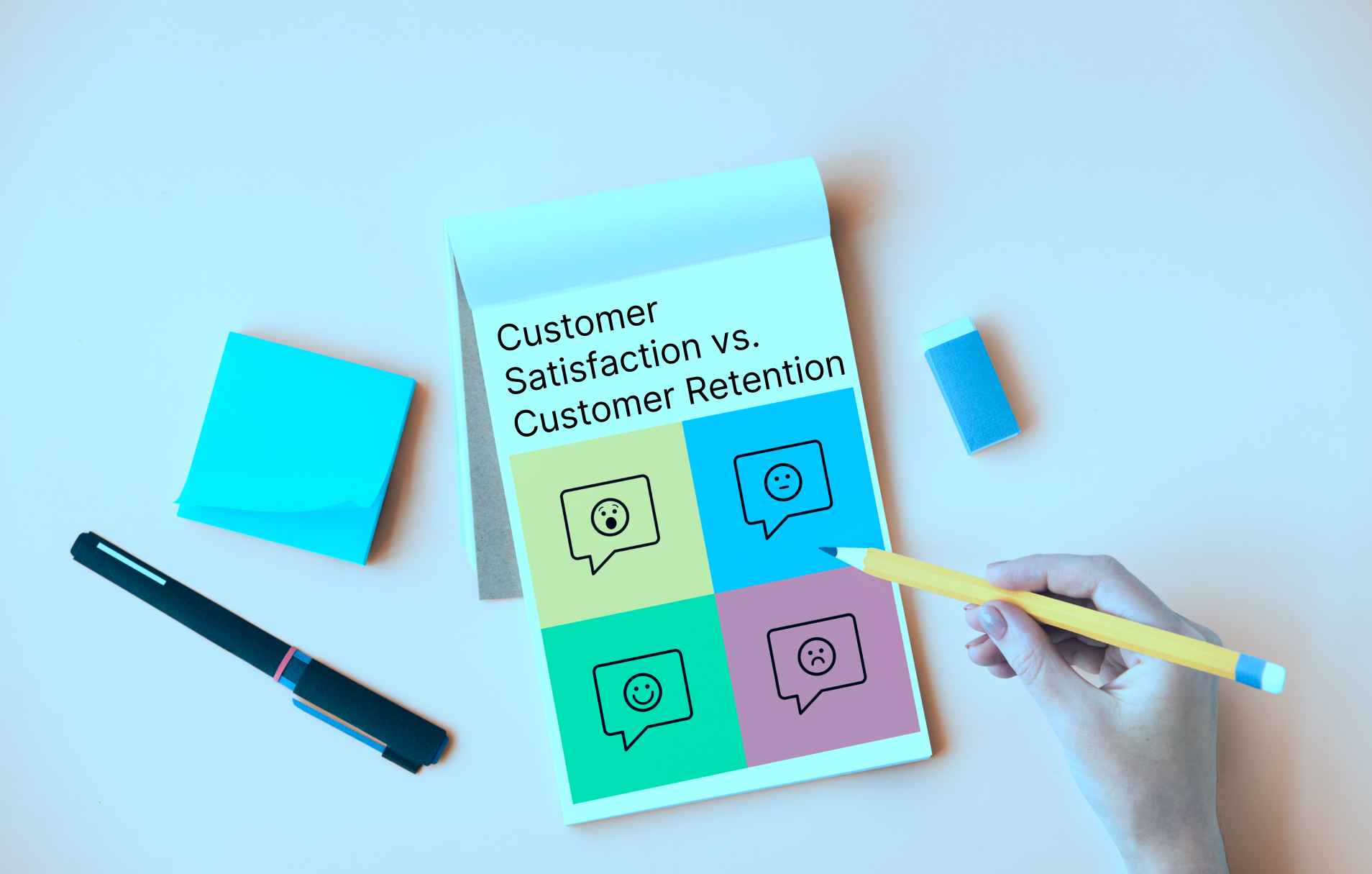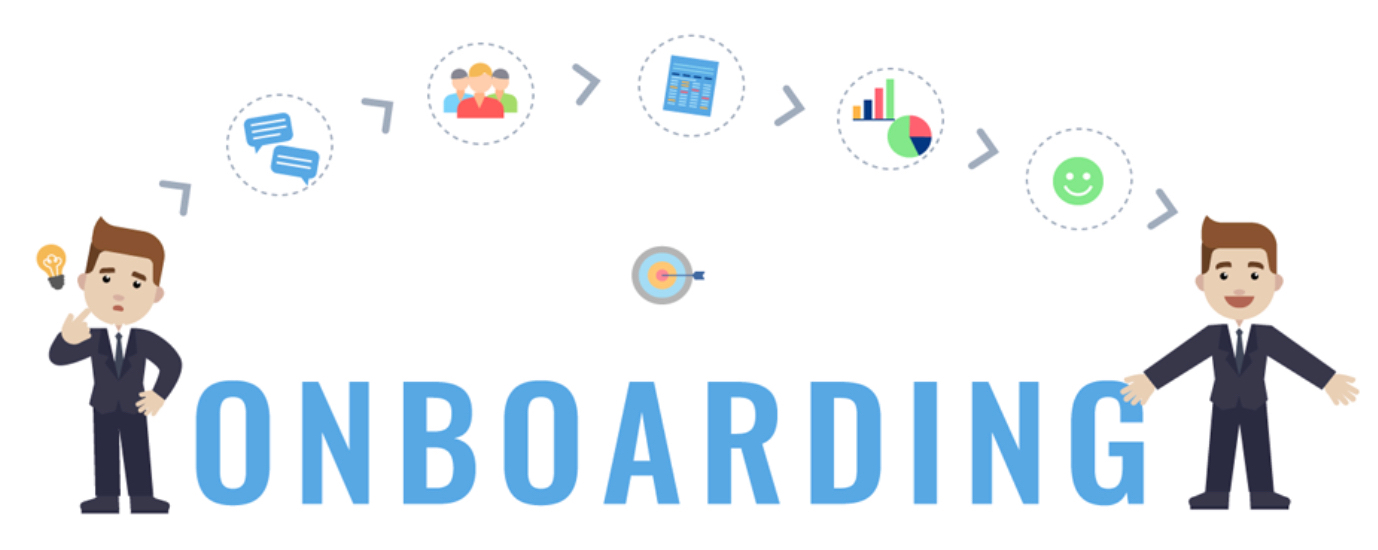The New Akita

Out with the old…
We launched Akita in 2018 with the goal of making effective Customer Success Management software that was affordable for small businesses.
By most measurements, it was a success. We had a rapidly growing customer base (and revenue) and our customers loved us. Despite this, we decided it wasn’t working. At least, not as well as it should be. A couple of reasons:
Configuring Akita required too much support
Every new customer required a “white glove” onboarding with one of our Customer Support Engineers. This involved a great deal of knowledge transfer from the Customer to us. We needed to know A LOT about our customers’ businesses in order to configure Akita for them. And each support ticket required a review of this information. This was proving hard to scale at the price we were charging.
Our software didn’t answer enough questions for our customers
Most of our customers are SaaS-based but they are all quite different. They range from platforms to manage taxi fleets, to content management solutions for press teams, to software for managing drug trials. Each customer has different questions to ask of their data, based on account or contact traits specific to their business. We were great at gathering data but felt like our customers couldn’t use Akita to get all of the answers they needed from their data.
Our costs didn’t align with the price we charged
Our original pricing was $100/user with a minimum of 3 users. So $300 per month to start. Some accounts would have this minimum subscription but needed to manage large volumes of data (accounts, contacts, deals, etc) or send tens of millions of user-initiated events to our servers each month. Other companies paid us thousands per month but stored very little data. Data storage and retrieval is our largest non-salary expense and we felt like our pricing structure punished data-light accounts.
The value some customers accrued from Akita didn’t align with the price they paid
Similar to the point before, we also found that we were charging some customers too much. They might have had a big team, but they were submitting limited data and some of their users only needed occasional access. We wanted to build a product that provides more and more value as a company grows.
…In with the new
In 2019 we made the difficult decision to build a brand new Akita–a new API, new user interface, new documentation–a near 100% rewrite. And as a small bootstrapped company, we couldn’t afford to add new features to our existing product AND create a new product at the same time–so we made the difficult decision to stop selling our existing product while we focused our attention on the new one.
Based on our churn rate and an estimate of how long the project would take, we knew we would be safe financially–as long as nothing “out of the ordinary” were to happen in 2020. We survived but Covid could have been a disaster for our business. Luckily we had planned for a decline in revenue in 2020 and 2021 so had built ourselves a Covid-sized cushion.
How we improved
Everything is just better. Akita is faster, easier to use, and–most importantly–helps Customer Success teams do their jobs better. Playbooks are more powerful. Dashboards are more informative. Queries run faster. Data is refreshed more often. (And I think it is prettier).
In less than a day, companies can get started with a full-featured Customer Success Management platform including:
- Account and Contact Segments;
- Automated Playbooks;
- Customized Account and Contact Health Scores;
- Powerful task management; and
- Customizable dashboards.
More powerful segments
Segments are at the core of Akita. By adding new types of filters, we enable your team to answer far more complicated questions. You can create powerful logic groups (using simple AND/OR options) to create super-specific lists that can be used to trigger notifications and playbooks, as part of a Customer Health Score, or simply as a way to learn more about your customer base.
More kinds of support, faster
You can configure almost every aspect of Akita yourself and it has much improved end-user documentation. Our more intuitive interface, Getting Start guide, and rewritten knowledge base will help you get moving faster. That being said, we are still happy to hop on a call with your team to help one-on-one.
Three plans is better than one
We decided to create three plans so we could better align our costs, customer price and customer value. Our Start plan is designed for startups and small businesses who are just getting started in Customer Success. As companies grow, they can graduate to our Connect plan. For companies with special integrations or unique requirements, we are happy to work with your team to build out an Enterprise subscription tailored to your organization’s requirements.
The future
The new Akita is just the beginning. “Under-the-hood” Akita is built on a solid foundation that will enable us to more quickly add new features that help Customer Success Teams excel. We have an exciting roadmap for 2022 and beyond:
- Fine-grained role-based permissions;
- Reduced-cost, read-only user licenses;
- Additional integrations; and
- More powerful playbooks.
If you are looking for a Customer Success Management Platform for your team (small or large) we’d love for you to try the new version of Akita Software. Click here to request a DEMO.





